- 1.1 Describe the concept of preventative health and how educators can promote healthy lifestyles among young children.
- 1.2 Explain the purpose of health records and screening procedures in an early education setting and the significance of a referral process for further intervention.
- 1.3 Describe daily health checks, their importance, and how teachers can involve children’s families in health assessments.
Wellness and Safety in Early Childhood
In this course, you will explore wellness and safety in early childhood. You will start by looking at children’s well-being, and then will move on to explaining the various roles and responsibilities of early childhood educators. From there, you will examine inclusive education, as well as children with special needs. You will also learn about childhood infectious diseases and management before continuing on to total health and wellness in young children. You will examine safety in educational settings, developmentally appropriate practices in education centers, environmental safety in early childhood. You will also learn about maltreatment, nutrition guidelines, feeding and nutritional aims, and food safety for young children. Finally, you will take a closer look at nutritional needs for young children and ways to educate families on nutrition.
Learning Objectives/
- 2.1 Explain the various functions of early childhood educators in infant, toddler, and preschool classrooms.
- 2.2 Explain the importance of positive educator-family relationships and how teachers can engage families in educating young children.
- 2.3 Explain the mission of the National Association for the Education of Young Children (NAEYC) and their standards for professional preparation of early educators.
- 3.1 Describe the Individuals with Disabilities Education Act (IDEA) and how it has impacted early childhood education in the United States.
- 3.2 Describe the components of the Individualized Family Service Plan (IFSP) and how it assists families of preschoolers to transition into elementary education.
- 3.3 Describe the benefits of inclusive education for young children and the role that teachers play in helping all children feel safe and welcome in the classroom.
- 4.1 Describe common conditions in early childhood, including respiratory issues, allergies, diabetes, and seizure disorders.
- 4.2 Explain the prevalence of autism spectrum disorders and how early education programs can promote academic and social successes of students diagnosed with autism.
- 5.1 Describe common communicable illnesses in early childhood and the reasons why young children are susceptible to frequent illness.
- 5.2 Describe the risks of outbreaks for chickenpox, colds, pinkeye, and head lice, and how teachers can keep students optimally healthy.
- 5.3 Identify control measures that educators can use to reduce spread of illness in early education classrooms.
- 6.1 Explain the importance of mental health for children’s growth and development and factors—including bullying, poverty, and toxic stress—that threaten mental health.
- 6.2 Describe the role that early child educators play in young children’s oral health, including ways teachers can promote parent involvement.
- 6.3 Describe the obesity epidemic in children, its health consequences, and how early childhood educators can promote physical activity with children from birth through age 8.
- 7.1 Identify standards for high-quality early education programs and ways to make indoor and outdoor environments safe for young children.
- 7.2 Explain how teachers’ educational preparation affects children’s development and what teachers can do to reduce environmental hazards.
- 8.1 Describe the basic concepts of developmentally appropriate practice (DAP) for infants, toddlers, preschoolers, and children in early elementary.
- 8.2 Describe developmentally appropriate toys and learning materials for infants, toddlers, preschoolers, and children in early elementary.
- 8.3 Explain how early childhood educators can educate diverse families on creating developmentally appropriate home environments for young children.
- 9.1 Summarize the mission statement of the Children’s Environmental Health Network (CEHN) and their key initiatives for keeping young children safe.
- 9.2 Describe environmental hazards and their impact on children’s health and safety, including air pollution, poor water quality, and natural disasters..
- 10.1 Identify multiple forms of childhood abuse and neglect and the common signs of each type of abuse.
- 10.2 Describe the risk factors for childhood maltreatment and how teachers can work with families who are vulnerable to abuse.
- 11.1 Describe the MyPlate food groups, the major nutrient contributions of each, and how those nutrients contribute to children’s growth and development.
- 11.2 Identify the three nutrient groups that supply energy and the reason why children are encouraged to consume more complex carbohydrates than other food sources of energy.
- 11.3 Explain the functions of vitamins and minerals for children’s growth and development and why children have a significant need for water.
- 12.1 Describe an infant’s nutritional needs, feeding requirements, and guidelines for introducing semi-solid foods.
- 12.2 Explain the importance of planning and serving nutritious and economical meals and snacks that meet nutritional requirements for children.
- 13.1 Identify food safety concerns for infants, toddlers, and preschoolers.
- 13.2 Describe measures for keeping food safe in early education centers, including food storage, preparation, and handling and ways to prevent food borne illnesses.
- 14.1 Explain basic nutrition concepts and safety considerations for creating learning experiences for young children.
- 14.2 Describe components of educational mealtime environments for young children and the role of teachers during feeding times.
- 14.3 Describe sources that influence young children’s ideas about food and how teachers can work with families to education children about nutrition.


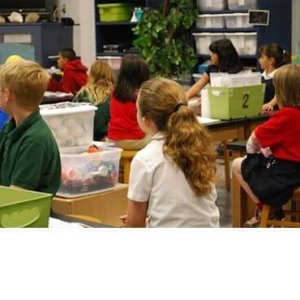
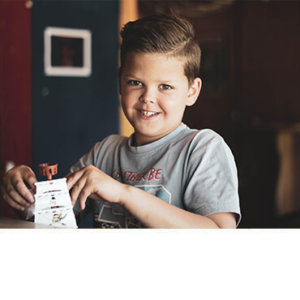

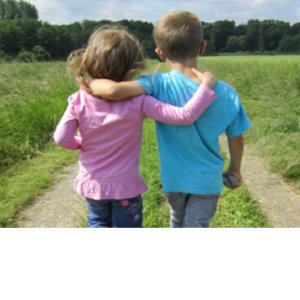
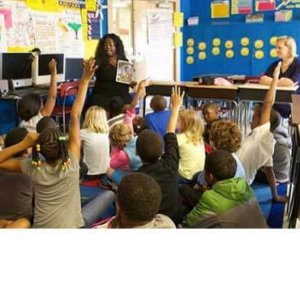
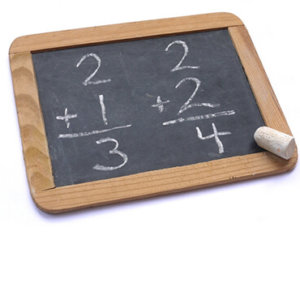
There are no reviews yet.